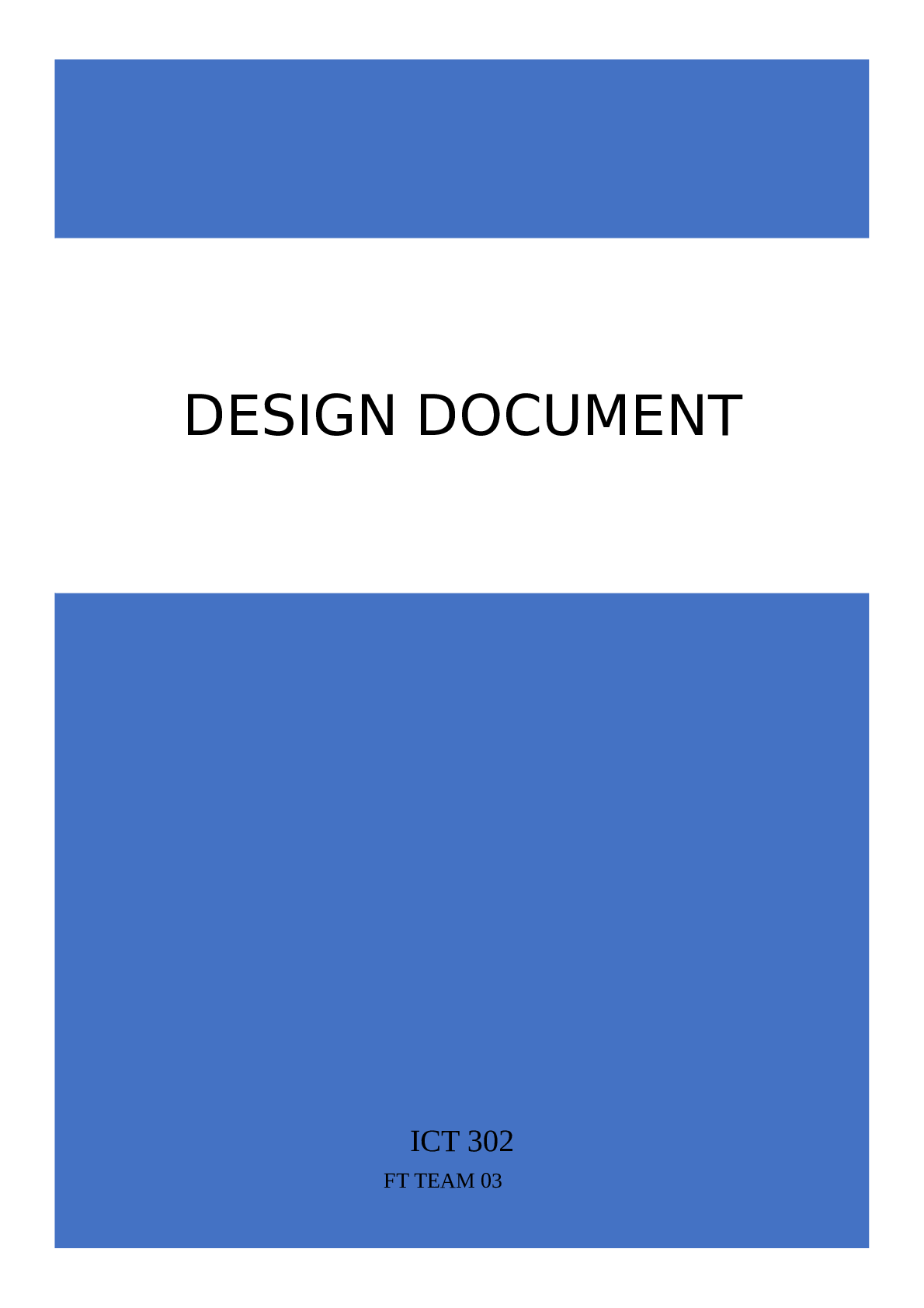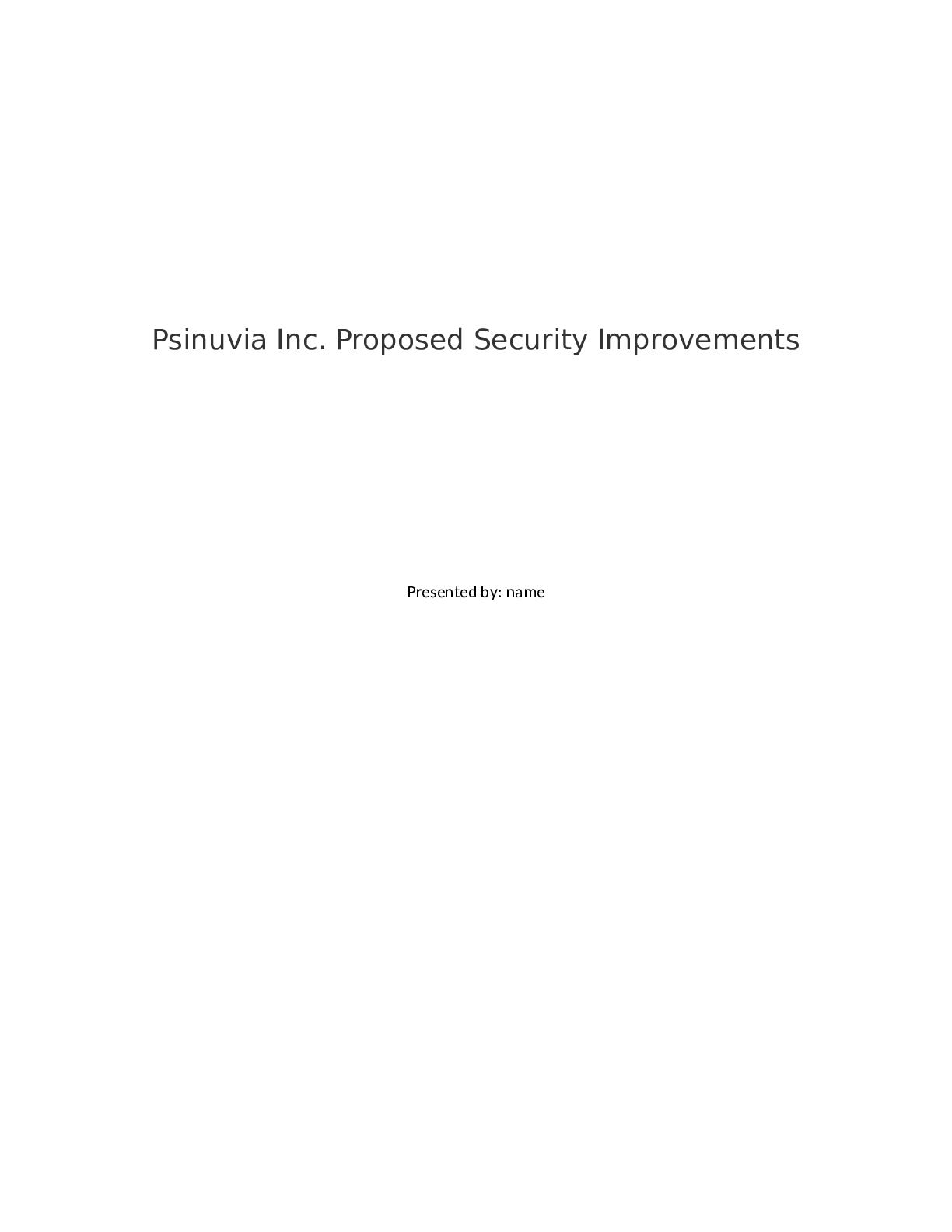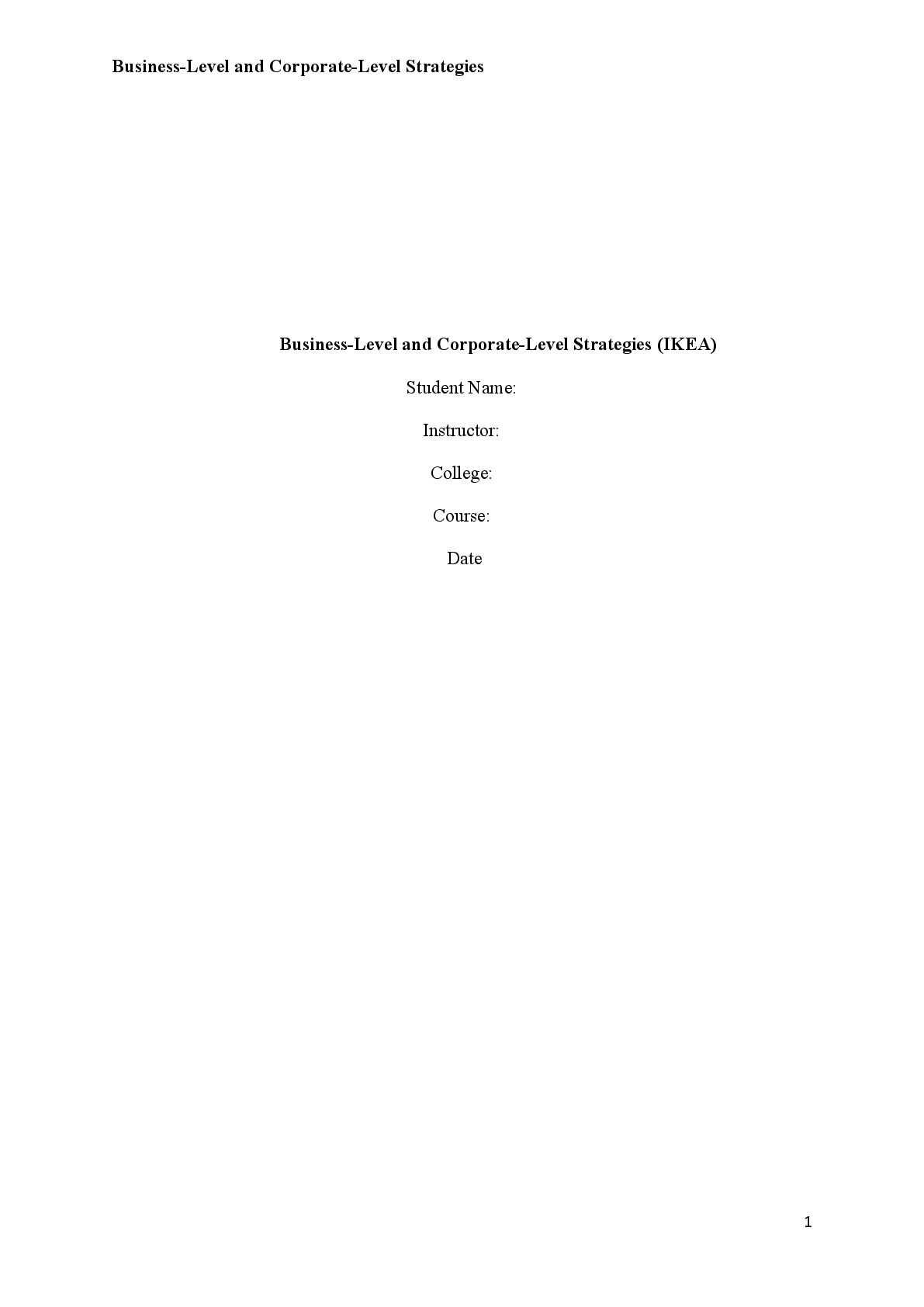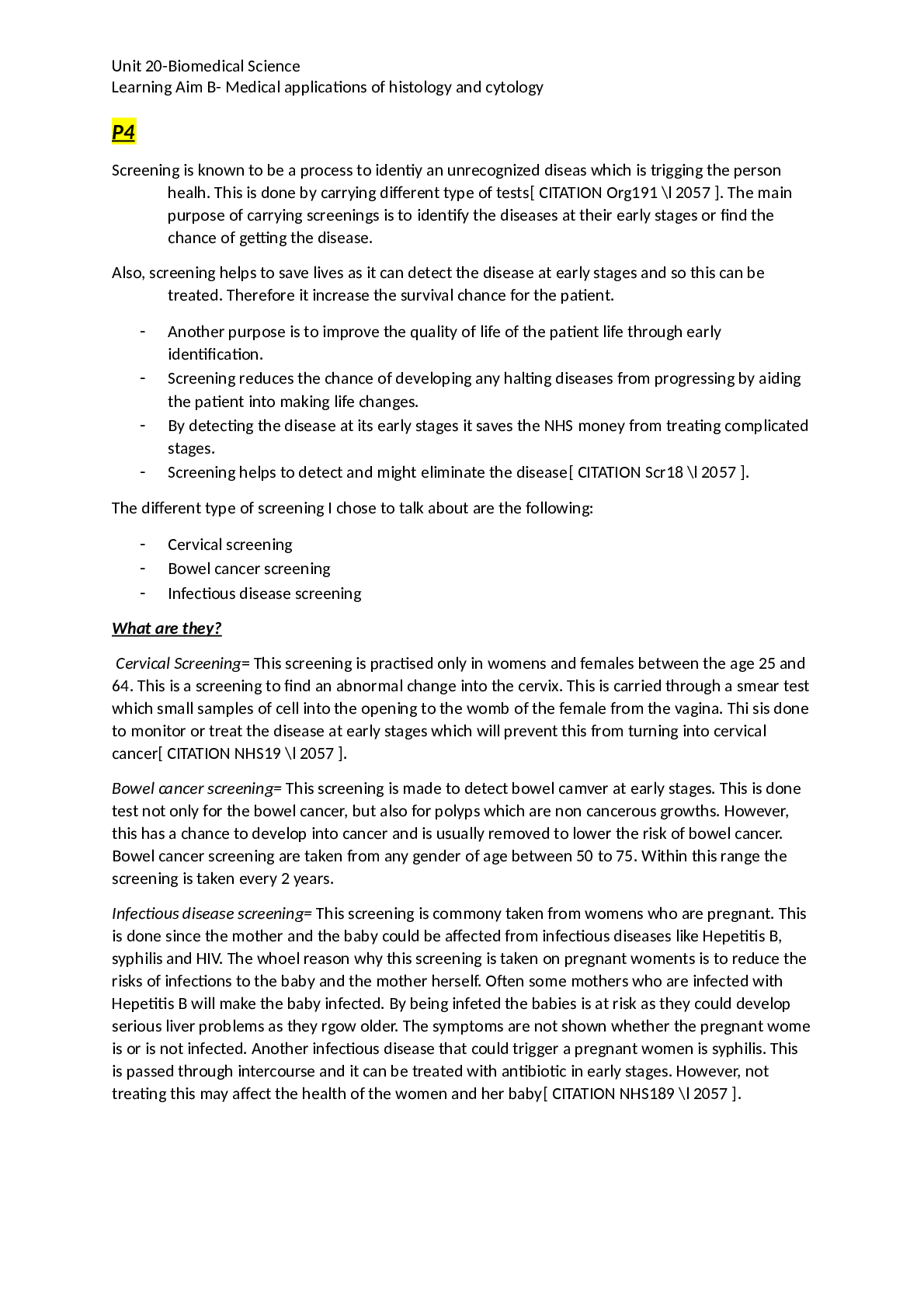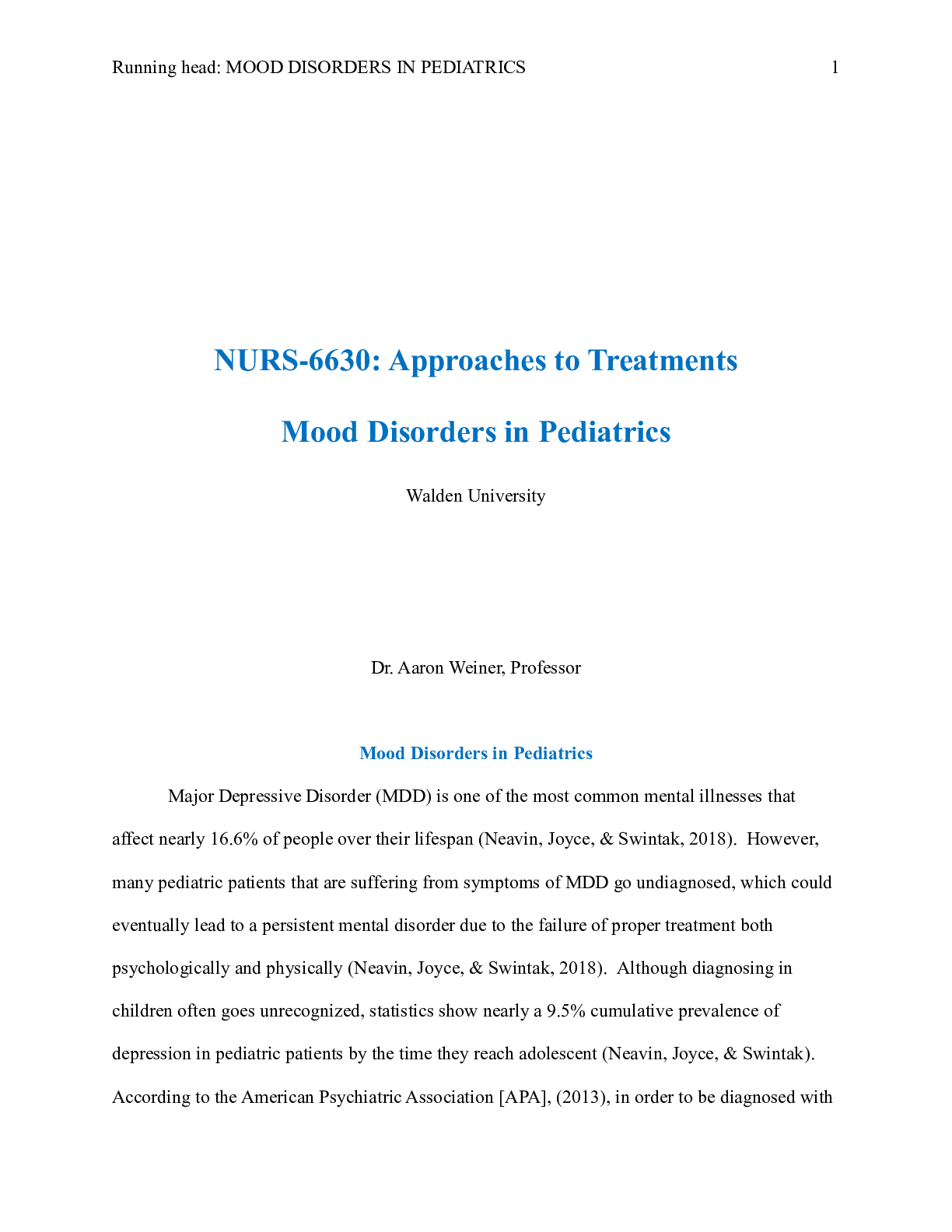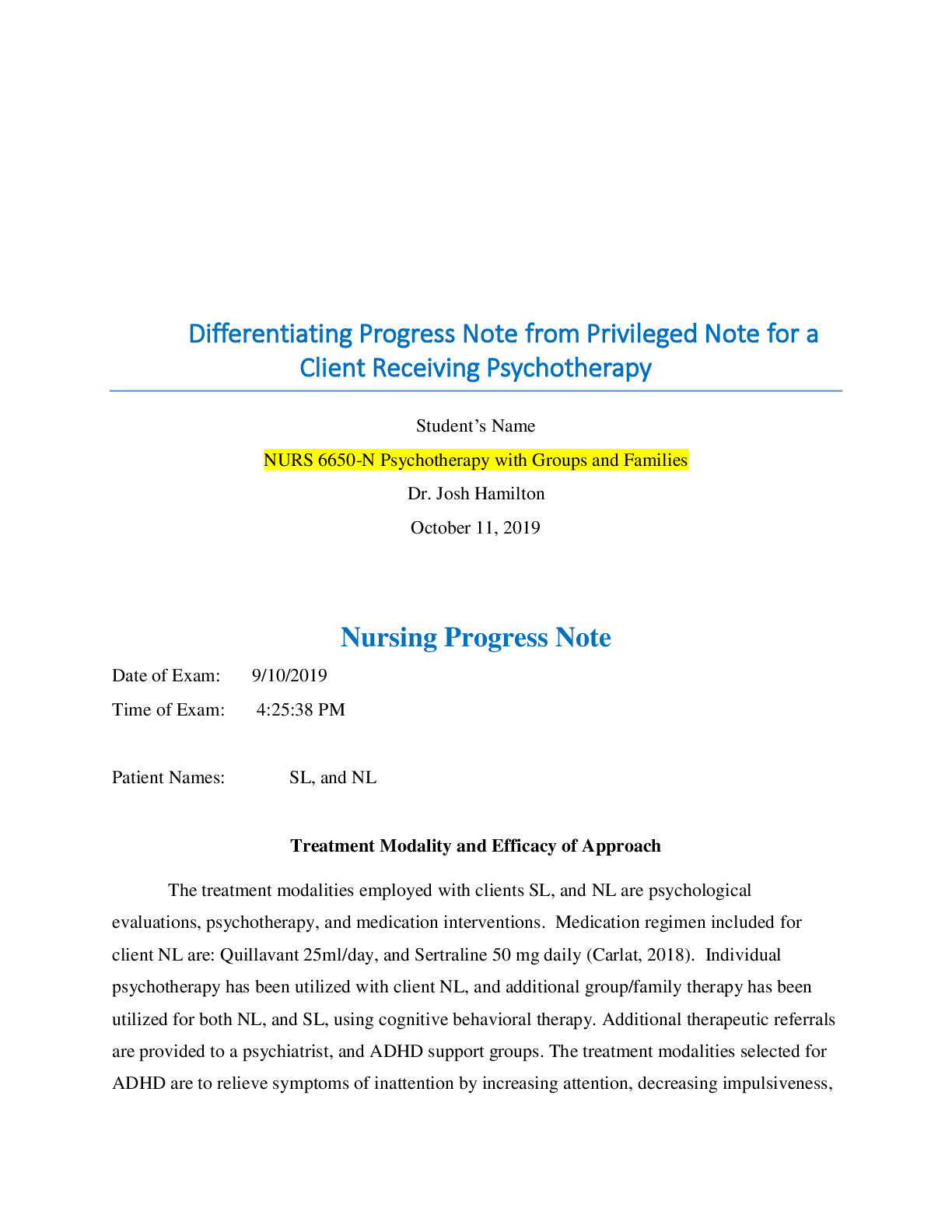Financial Accounting > Research Paper > Singaporean_Internet_memes_in_Visual_Cul (All)
Singaporean_Internet_memes_in_Visual_Cul
Document Content and Description Below
SINGAPOREAN INTERNET MEMES 7 Ubiquity: The Journal of Literature, Literacy, and the Arts, Research Strand, Vol. 5 No. 1, Spring/Summer 2018, pp. TBD Ubiquity: http://ed-ubiquity.gsu.edu/wordpress ... / ISSN: 2379-3007 Singaporean Internet Memes in Visual Culture © Pavithra Raja National Institute of Education Nanyang Technological University, Singapore Correspondence concerning this article should be directed to Pavithra Raja, National Institute of Education, Nanyang Technological University, 1 Nanyang Walk, Singapore 637616 Contact: [email protected] Ubiquity: The Journal of Literature, Literacy, and the Arts, Research Strand, Vol. 5 No. 1, Spring/Summer 2018Raja SINGAPOREAN INTERNET MEMES 8 Abstract Internet memes have been studied as digital artifacts in pop polyvocality (Milner, 2013b; Yoon, 2016), and for vernacular creativity (Burgess, 2007; Milner, 2013a; Tannen, 2007). Educators’ engagement with memes is crucial to aid young students’ critical readings of them (Knobel & Lankshear, 2007). In late-authoritarian Singapore, memes have been studied for their popularity and as outlets for expression (Sreekumar & Vadrevu, 2013; Liew, 2015). In this study, I examined memes related to education using theories and methods of social semiotics (Kress, 2010; Kress & van Leeuwen, 1996), and Machin and Mayr’s (2012) Multimodal Critical Discourse Analysis to understand discursive and social practices surrounding Internet memes, and education, a perennial issue for Singapore. The analysis suggests Singaporean memes exhibit dense networks of intersemiotic meaning, sharing features of comic and sequential art in portraying local educational issues related to public pedagogy and hegemonic discourses. Intertextuality and humor featured in cultural representations, with global memetic vernacular and local languages. In the context of art education, meme literacy may help teachers equip students with skills to respond knowledgably to online visual culture. Keywords: Internet memes, Art, Visual Culture, Multimodal Critical Discourse Analysis, Singapore Ubiquity: The Journal of Literature, Literacy, and the Arts, Research Strand, Vol. 5 No. 1, Spring/Summer 2018Raja SINGAPOREAN INTERNET MEMES 9 Singaporean Internet Memes in Visual Culture The term meme was coined by biologist Dawkins (1976), who was in search of a word to “convey the idea of a unit of transmission, or a unit of imitation” (p. 192). Notions of memes as biological analogies—as parasites, or as genes—come into conflict with the idea of human beings as active and conscious agents of their spread, and are part of the debates in the now thriving field of memetics (Blackmore, 2000; Shifman, 2013). In the context of these debates, recent research has traced the trajectory of memes proliferating on the Internet. Shifman (2013) defines Internet memes as “a group of digital items sharing common characteristics of content, form and/or stance, created with awareness of each other, and circulated, imitated, and/or transformed via the Internet by many users” (p. 41). In the context of art and visual culture, memes tend to “riff” on visuals and are subsequently “appropriated, re-coded, and slotted back into the Internet infrastructures they came from” (Nooney & Portwood-Stacer, 2014, p. 249). In doing so, Internet memes can hit discordant notes; for example, Yoon (2016) found that Internet memes about racism tend to mock people of color and deny structural racism; subsequent color-blindness was challenged by critical analysis of Internet memes, and the creation of counter-memes to heighten students’ critical awareness of racial issues in the context of art education. Internet memes in themselves can be used in art and art education as long as one considers not just the visual aspect of the memes but also the humor, remix, distinct voices and shared authorships involved in their production (De la Rosa-Carrillo, 2015). Conceptualizing the language of Internet memes as “visual, succinct and capable of inviting active engagement by users” (p. 15), De la Rosa-Carrillo (2015) identified specific educational contexts where the language of Internet Memes could incorporate technology, storytelling, visual thinking and remix practices into art and visual culture education. [Show More]
Last updated: 3 years ago
Preview 1 out of 42 pages
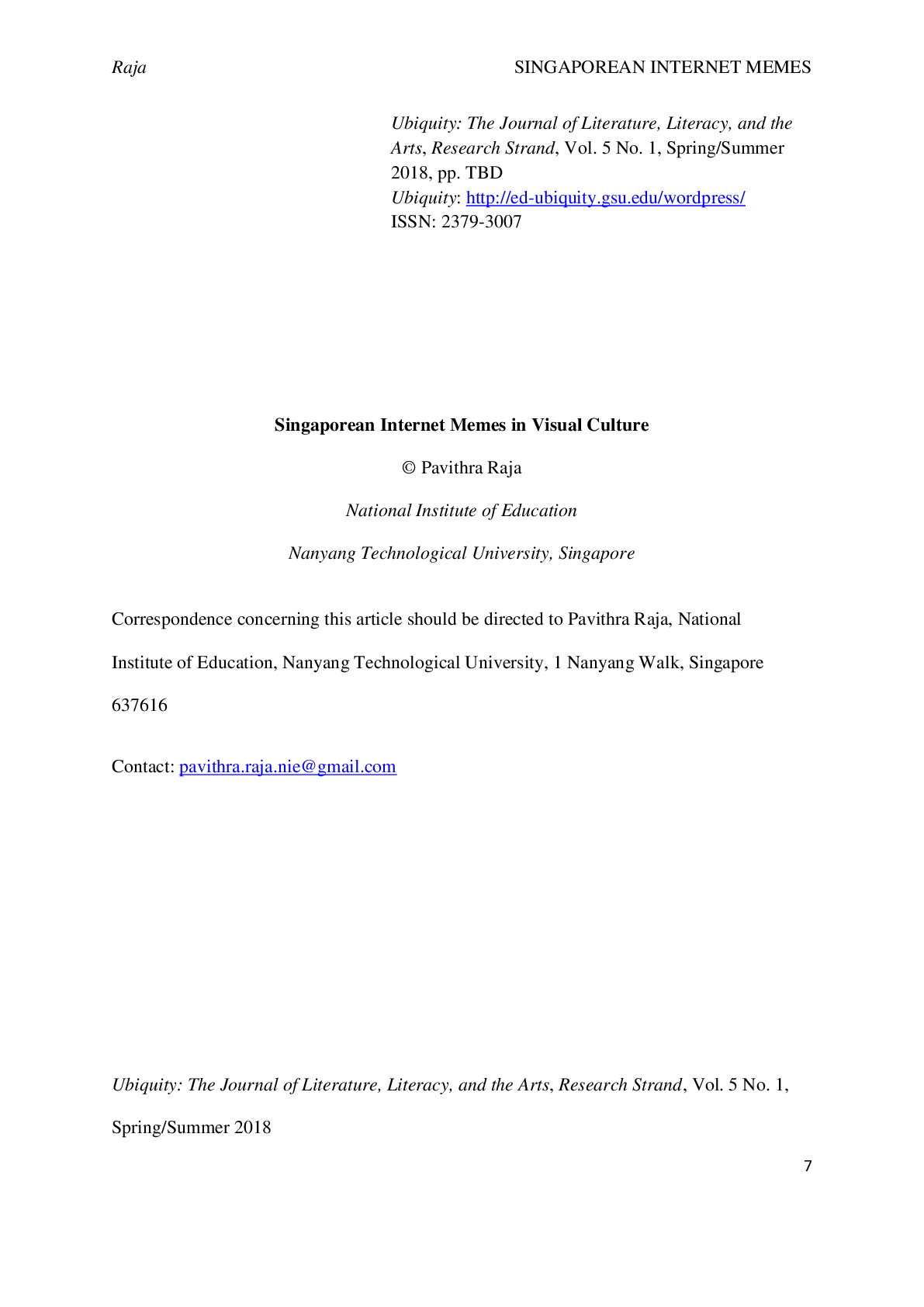
Buy this document to get the full access instantly
Instant Download Access after purchase
Buy NowInstant download
We Accept:

Reviews( 0 )
$12.00
Can't find what you want? Try our AI powered Search
Document information
Connected school, study & course
About the document
Uploaded On
Jun 15, 2021
Number of pages
42
Written in
All
Additional information
This document has been written for:
Uploaded
Jun 15, 2021
Downloads
0
Views
107






